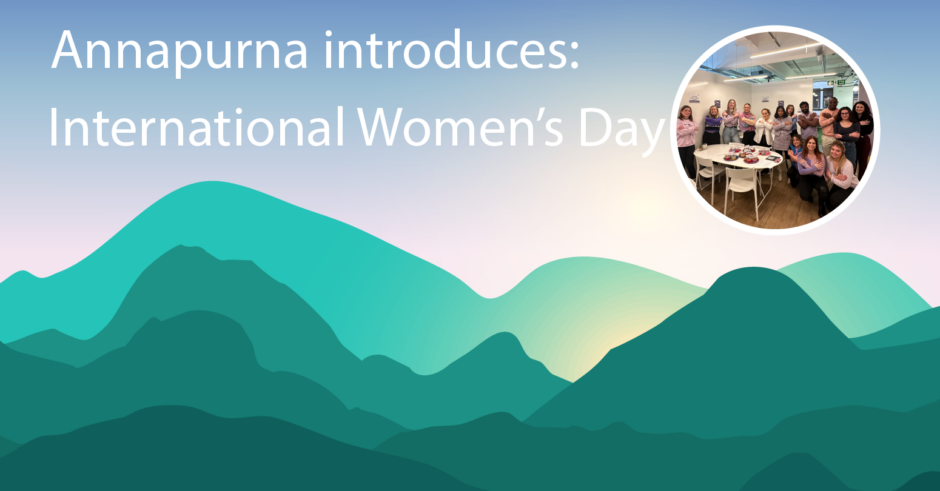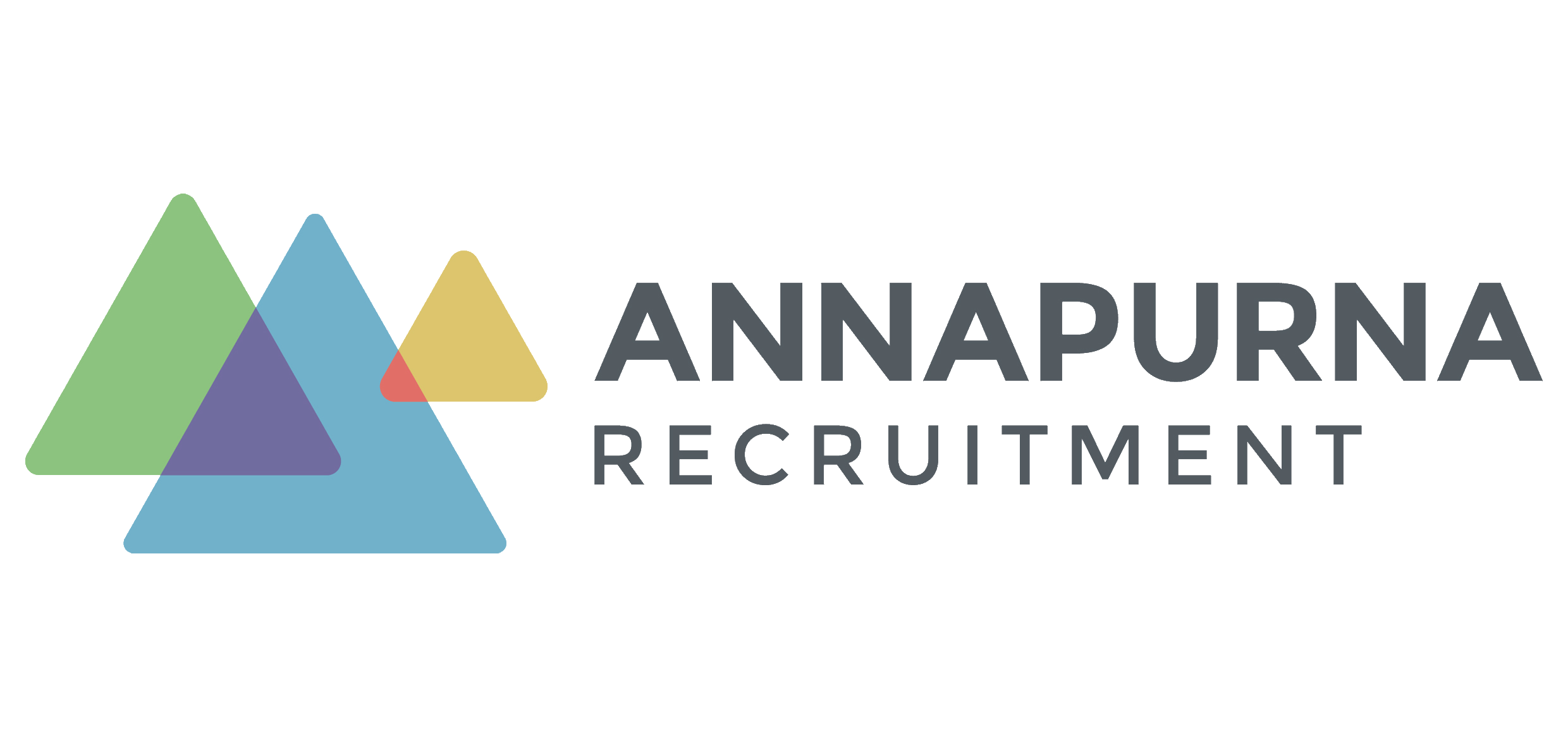International Women’s Day (IWD) is a day of celebration, action, and awareness for women and the challenges or injustices we face every day.
The purpose of this day is to shine a light on the issues and inequalities affecting women across the world, celebrate the achievements of women, and open discussions about how we can bring about positive change with equity and equality #EmbraceEquity.
So with this in mind, we have recorded a series of videos in alignment with our women’s network Ellevate, involving: Joy Oniah, Chadni Sultana, Emma Lees, Carmela Burns, Rosie Kay, Matthew Taylor and Jasmine Mitchell to highlight what this day means to us.
These videos will cover the following topics:
• Feeling proud to be a woman
• Inspirational women
• Why we need IWD
• The difference between equality and equity
• Why equity is the goal
• Creating equitable communities and conversations
• What companies can do to recognise and celebrate IWD
• The difference between a conscious and unconscious bias
• The importance of IWD from a Dad’s perspective
Women in STEM
“First of all, it is important to acknowledge the differences between equity and equality” Emma Lees – Tech & Product Search Consultant at Annapurna ERUPT.
You should acknowledge that people come from different backgrounds and recognise that people are shaped by multiple interconnected social categories and each person has different circumstances, needs and will, therefore, each need different resources and opportunities to reach the same outcome.
Once you understand the difference between equity and equality it is easier to understand how important it is to furthering progress. Giving women equal rights is not enough on its own to tackle existing inequalities.
“I work in a very male dominated industry, which is technology” Emma Lees.
With this year’s theme being based around innovation and technology for gender equality, Emma Lees spoke about the promotion of gender equal opportunities within the tech industry. Watch the video here:
According to women remain a minority in both STEM (science, technology, engineering and mathematics) education and careers, representing only 28% of engineering graduates, 22% artificial intelligence workers and less than one third of tech sector employees globally.
Without equal representation in these fields, women’s participation in shaping technology, research, investments and policy will remain critically limited.
Stereotypes about who is, and isn’t, well suited to STEM unfortunately play a major role in discouraging girls from entering these fields. This belief system has unfortunately become a self-perpetuating cycle: without encouragement in tech fields, girls end up lacking necessary knowledge—thus making them less likely to express interest.
Those who do make it into tech often face an actively hostile environment, with a significant pay gap (21%) and considerably lower rates of promotion (52 women for every 100 men). Nearly half (48%) report experiencing workplace harassment. A whopping 22% say they are considering leaving the workforce altogether due to the treatment they’ve received in the sector according to UN Women.
How can we make a change globally?
- Providing universal access for teachers, students and schools—and ensuring digital literacy for its users—can increase girls’ exposure to STEM, particularly those from less privileged backgrounds. Digital learning provides new opportunities to adapt educational environments and curricula to the needs of girls and students from marginalised groups.
- Working to eliminate gender biases from schools is also key, as is ensuring that girls have access to women mentors in STEM fields with whom they can identify. And connecting STEM to other disciplines—as well as emphasising its potential applications to societal challenges, which research shows is a main driver of girls’ career choices—can help increase girls’ interest as well.
- To help women succeed in a changing labour market, targeted re-skilling and up-skilling programmes should be created, focusing especially on groups most in danger of being left behind. And expanded labour regulations are needed to ensure that labour market transitions improve the position of women, rather than simply reproducing existing inequalities.
- This includes a living minimum wage, regulations against pay discrimination, and social protection systems that address, for example, discrepancies between the unpaid care burdens of women and men.
Emma discussed our recent women in tech events with Taxfix ‘Womxn Techfixers’ – an event to promote conversations around women in leadership positions, especially within the industry of technology.
Previously, Annapurna has hosted this series of events with Wayfair and Zalando about diversity, inclusion and women in STEM with organisations. For this episode, we partnered with Taxfix who have an intuitive app which enables anyone, regardless of education or background, to file their taxes with newfound confidence- one small step towards financial wellbeing for everyone.
Please read the write up of the event here:
https://www.annapurnarecruitment.com/womxn-taxfixers-berlin-event/
We also had a conversation with Rosie about conscious and unconscious bias.
“Businesses just need to take initiative really and be able to to educate not only men but also women to enable a fair playing field all in industry.” – Rosie Kay.
Watch the full video here:
Please read more about our Women’s network Ellevate, which promotes diversity and inclusion, female empowerment, and creates social opportunities between employees:





